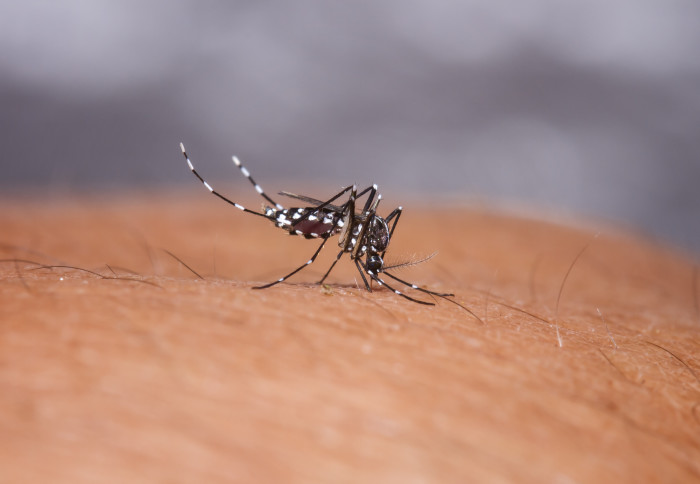You are here
More deaths from yellow fever expected in Africa because of climate change
Primary tabs
 More deaths from yellow fever expected in Africa because of climate change | Imperial News | Imperial College London YELLOW FEVER AND CLIMATE - Changing temperature and rainfall across Africa could increase yellow fever deaths by up to 25 percent by 2050. Imperial News
More deaths from yellow fever expected in Africa because of climate change | Imperial News | Imperial College London YELLOW FEVER AND CLIMATE - Changing temperature and rainfall across Africa could increase yellow fever deaths by up to 25 percent by 2050. Imperial News Changing temperature and rainfall across Africa could increase yellow fever deaths by up to 25 percent by 2050.
This is according to new modelling of the burden of yellow fever by scientists at Imperial College London and the World Health Organisation (WHO). It suggests that some East African countries including Ethiopia and Somalia may be increasingly impacted by yellow fever in the coming decades and that future vaccine programmes will need to counteract this.
Yellow fever is a viral infection causing 78,000 deaths per year in Africa. Despite an existing yellow fever vaccine, the disease is endemic in 34 countries in Sub-Saharan Africa, with serious outbreaks occurring in recent years.
The virus can be transmitted by several mosquito species, or vectors, but the main vector in serious urban outbreaks is the mosquito species Aedes aegypti. To model the impact of climate change on yellow fever, the team built on an existing transmission model to include the sensitivity of A. aegypti and the virus to temperature and rainfall.
Warmer temperatures can help the mosquitos emerge and mature faster leading to more mosquitos; however, too high a temperature can be fatal. Rainfall can also increase mosquito breeding by providing stagnant ponds for them to lay eggs in.
The team modelled changes in temperature and rainfall across African countries under four climate change scenarios, with the ‘best case’ involving carbon emissions peaking by the 2030s and decreasing thereafter, and the ‘worst case’ involving carbon emissions steadily increasing throughout the century....



Recent Comments